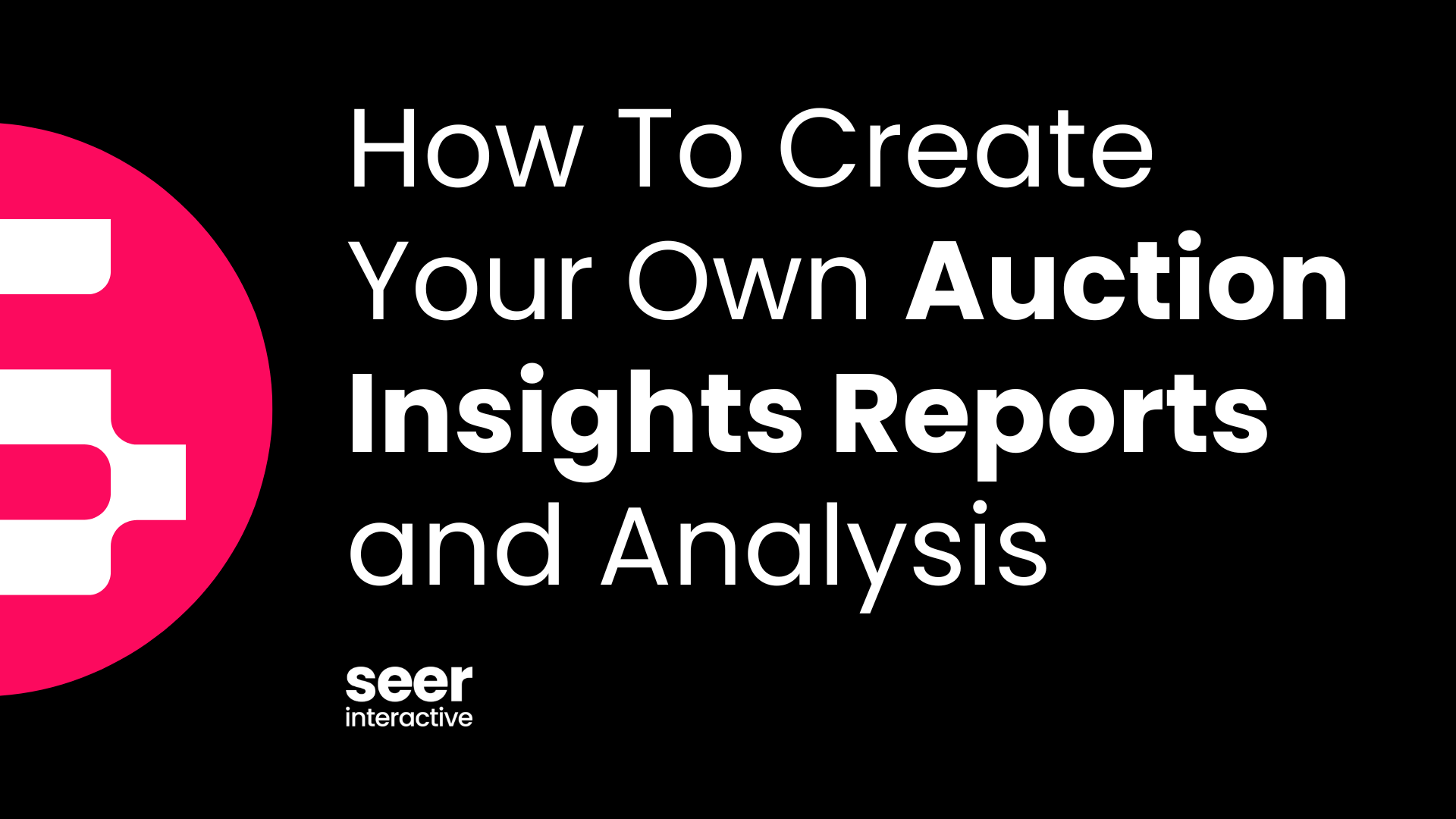How to Evaluate Audience Network Performance in Microsoft Advertising
In February 2023, Microsoft made changes to its multi-channel advertising approach by automatically including search and audience networks together by default in search campaigns. Microsoft claimed significantly improved performance due to these changes (users were found to convert 6.6 times more when both search and audience ads were used together).
Our internal analysis has shown that the impact can vary depending on the client and industry vertical. For some clients, including search and audience networks together can result in audience network CPAs that are significantly higher than search alone. If your data doesn’t support the value of the audience network, you can improve the efficiency of your campaigns by excluding domains and limiting ad distribution.
What is the Microsoft Audience Network?
The Microsoft Audience Network is a collection of website publishers who have added Microsoft advertising to their sites. Advertisers can extend their campaigns to Microsoft-owned properties and partner sites, using native ad formats and accessing performance insights.
Our Experience
When we evaluated the performance of the audience network for a B2B client, we found the cost per acquisition (CPA) from the audience network ranges 2-4 times higher than the cost from search. In this case, we had the directive of maximizing efficiency, so we prevented the clients’ search campaigns from using the Microsoft Audience Network and used nearly $10K of monthly advertising spend more efficiently.
How to Evaluate the Performance of the Microsoft Audience Network
From the Microsoft Advertising site, navigate to Reports and select the Website URL (publisher) report. Customize the columns to include ad distribution. If you prefer, add a filter to only include ad distribution from “Audience” in your data (see screenshot below).

From this report, you have the engagement and conversion data you need to evaluate the performance of your campaign(s) in the audience network at the domain level. If the conversion rate and cost per conversion (CPA) are acceptable levels, then you can continue to advertise on the MSAN. If the data shows domains with poor performance, one can utilize domain exclusions to block advertising on those domains.
How to Apply Domain Exclusions
If you find domains that are not performing to your targets, then you can exclude them from displaying your ads.
Opt out of Microsoft Owned and Operated Sites:
- Open campaign
- Go to settings
- Go to the exclusions section
- Enter msn.com, outlooklive.com, outlook.com, and bing.com
- Select Save
Opt out of Other Publishers:
- Open campaign
- Go to settings
- Go to the exclusions
- Enter the websites you wish to exclude*
[TIP] To block all traffic from a domain, leave off the “www” prefix. Alternatively, block specific subdomains by using www or other specific subdomains.
Ad Distribution Settings
If you wish to opt out of the networks, as opposed to excluding domains, you can do this at the ad group level, using the Microsoft Ads site or MS Editor.
Microsoft Ads website: From within a campaign, select all ad groups, select edit > other changes > edit settings for multiple ad groups. If you want to exclude your ads from the MSAN, update your ad distribution settings to only target Microsoft sites and select traffic (see screenshot).

Microsoft Editor: Select the ad groups you want to update distribution settings > in the right-hand column, navigate to Network distribution and make your adjustments. Currently, the options shown in editor are slightly different than the website options (screenshot below).

Consider Running an Audience-Only Campaign and Test its Performance
If you want to maintain budgeting and audience targeting control while testing the performance on the MSAN, consider running dedicated Audience Ads campaigns without search. Use the available audience targeting options to target your audience and test the viability of the display, native, or video ads. Audience ads do not require keywords to trigger ads, since they use audience signals to determine when an ad should appear. You can also research the size and makeup of audiences with the Audience Network Planner (available under tools from the Microsoft Ads site).
Evaluate your Data and Find the Right Approach for Your Campaigns
Use your data to verify performance in the audience network and adjust your approach accordingly. If the default distribution settings are working for your campaigns, then great. We recommend regularly checking the data and using the domain exclusion tool to eliminate domains that don’t meet your performance goals. For those campaigns that are not performing satisfactorily in the MSAN, use the ad distribution settings at the ad group level to opt out of the MSAN.
We’re here to help
I hope you’ve found the process outlined here helpful. When Microsoft and Google allow us to evaluate the quality of traffic from Google Search Partners or the MSAN, we should verify their viability for our campaigns before accepting promises of improved performance.
Do you still have lingering questions to ask the Seer team regarding Microsoft Ads and how to optimize your campaigns?
Generate AI Use Disclosure:
This blog post was edited and optimized with AI, but the final output was generated by me, a human.


